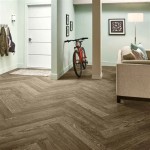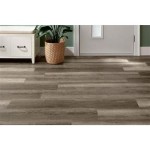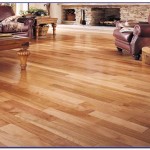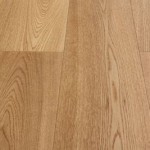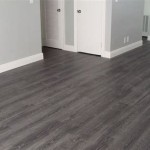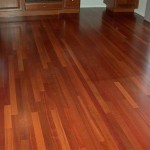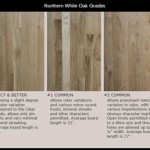The Ultimate Guide to Selecting the Best Bamboo Flooring
In today's eco-conscious market, bamboo flooring has emerged as a popular choice for homeowners seeking a sustainable and stylish flooring solution. Understanding the essential aspects of bamboo flooring is crucial for making an informed decision. Here's a comprehensive guide to help you navigate the world of bamboo flooring:
Types of Bamboo Flooring
Two main types of bamboo flooring exist:
- Strand Woven Bamboo: Made from bamboo fibers woven together, strand woven bamboo is known for its exceptional durability and dimensional stability.
- Vertical Grain Bamboo: Created by cutting bamboo stalks vertically, vertical grain bamboo offers a classic straight grain pattern and a more affordable price point.
Hardness and Durability
The hardness of bamboo flooring is measured on the Janka Hardness Scale. The higher the Janka rating, the more resistant the flooring is to scratches and dents. Strand woven bamboo typically has a higher Janka rating (around 3,000) compared to vertical grain bamboo (around 1,500).
Finish Options
Bamboo flooring comes in a variety of finish options, including matte, satin, and glossy. Matte finishes offer a natural and subdued look, while satin and glossy finishes enhance the grain pattern and provide a more polished appearance.
Sustainability
Bamboo is a rapidly renewable resource, making bamboo flooring an eco-friendly choice. Its durability and low maintenance requirements also contribute to its sustainability.
Maintenance and Care
Bamboo flooring is relatively easy to clean and maintain. Regular vacuuming or sweeping, and occasional mopping with a pH-neutral cleaner, are sufficient. Avoid using harsh chemicals or abrasive cleaners.
Other Considerations
When selecting bamboo flooring, additional factors to consider include:
- Color: Bamboo flooring is available in a range of natural shades, from light honey to deep chestnut.
- Plank Width: Narrower planks can create a cozy atmosphere, while wider planks offer a more spacious feel.
- Underlayment: A moisture barrier underlayment is recommended to protect the flooring from moisture and provide sound absorption.
- Installation: Bamboo flooring can be installed as floating or glued-down, depending on the subfloor type.
Conclusion
Choosing the best bamboo flooring depends on your individual needs and preferences. By understanding the various types, hardness, finish options, sustainability, maintenance requirements, and other considerations, you can make an informed decision that will provide you with a beautiful and durable flooring solution for years to come.

Pros And Cons Of Bamboo Flooring

Bamboo Flooring Best Quality Non Toxic Green Building Supply

Bamboo Flooring Ll

Best Types Of Bamboo Flooring In Portland

Pros And Cons Of Bamboo Flooring

Bamboo Flooring Best Quality Non Toxic Green Building Supply

Bamboo Flooring Ll

Bamboo Flooring Pros And Cons Diy Family Handyman

Peter Flooring Contractors Bamboo

Home Decorators Collection Horizontal Toast 3 8 In T X 5 W Bamboo Flooring 13 4 Sqft Case Hl615h The Depot
Related Posts

